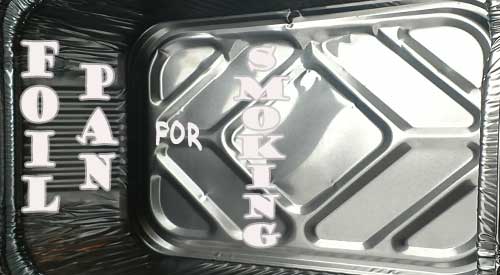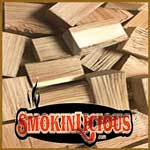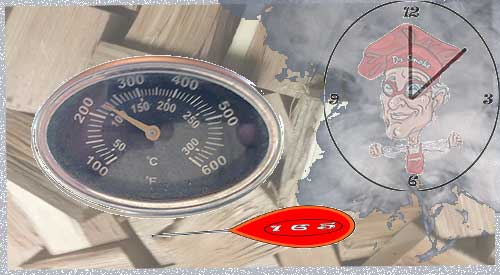Thu 12 May 2022
SMOKE FLAVORED FOOD- HOW TO CORRECT STRONG SMOKINESS
Posted by DrSmokeRead other related stories: General Smoking Information , Smoking Tips
[3] Comments

when you smoke flavored food too much and how to correct!

I’m going to start this by stating smoke is a lot like salt. You can add more of it but if you add too much to smoke flavored food, it’s hard to correct. All is not lost though. I’m going to provide a tip that could save a smoke flavored food item that has been over smoked.
It’s All in the Ingredients
You’ve made the mistake of either using too much wood material to smoke or you smoked for too long. Either way, the outcome appears to be a disaster. Take a breath and a step back and assess the ingredients you used.
Often, you can correct the smoke level by adding an ingredient that was not included in the recipe. For instance, if your smoke flavored food involved a vegetable for a soup, find an ingredient in the soup recipe that has not been used. This may be cream, sugar or vinegar. Additionally, by adding the ingredient that was smoked in a non-smoked fashion, you can reduce the smoke flavor intensity. If you infused too much smoke in the broccoli for your broccoli cream soup, think about steaming some additional raw broccoli and adding with the smoked base. That will diffuse the smokiness.
SMOKE IS A GAS- Prime Factor for Smoke Flavored Food Items
Smoke is a vapor or gas. That means it is readily absorbed by the food product especially if moisture is present. This is one of the reasons why a water pan is used in a smoker.
Certain foods are more apt to be over smoked. Items like vegetables, fruits, dough item like breads, pies and tarts, and dairy items like egg-based recipes. Wood choice, amount of wood and length of the smoking process all play a part in how much essence comes from the wood.
Remember, smoke flavored food like a cut of meat can taste bitter with too much smoke vapor. This results from using wood that is too wet or using a wood that is not ideal for food.
But even a bitter smoked meat item can be saved by blending the meat with a sauce or glaze, especially one that contains a balance of sweet and heat.
In the end, you may find a smoke flavored food destined for the trash becomes a star dish when you know how to balance the smokiness with another flavor.
Smokinlicious® Products:
Wood Chunks- Double & Single Filet
Wood Chips- Grande Sapore®
Smoker Logs

More Related reading on “What Wood for Smoking” and other great smoking and grilling tips and techniques
Related reading:
BBQ SMOKE COLOR
SMOKING COLOR

Dr. Smoke sometimes you over smoke food, we have tips on how to correct



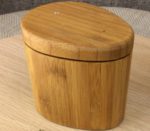 Salt is a mineral found in crystalline form that is used as a seasoning for food. Simply put, salt brings out the flavor or natural essence of food. Salt choices draw out the natural juices in raw meat and dissolves with the liquid forming a brine that gets reabsorbed by the meat. This results in the meat’s ability to hold on to more of its own natural juices during cooking.
Salt is a mineral found in crystalline form that is used as a seasoning for food. Simply put, salt brings out the flavor or natural essence of food. Salt choices draw out the natural juices in raw meat and dissolves with the liquid forming a brine that gets reabsorbed by the meat. This results in the meat’s ability to hold on to more of its own natural juices during cooking.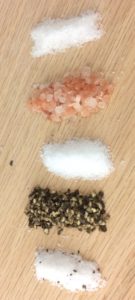 Table Salt:
Table Salt:

